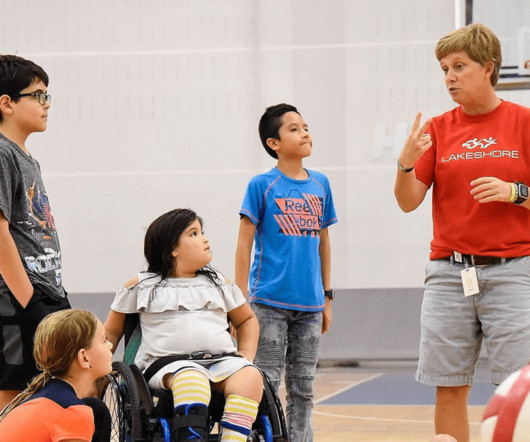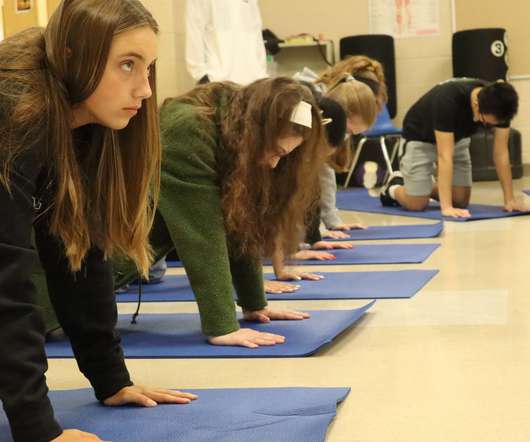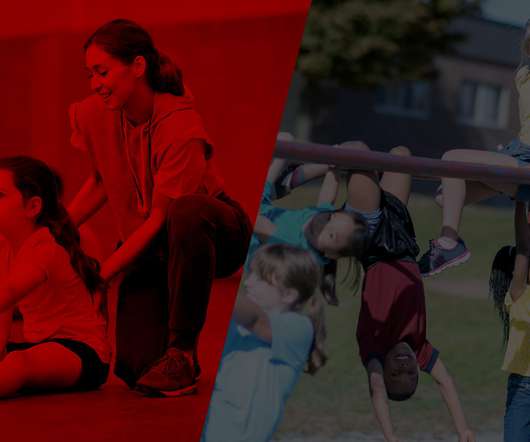Adapted Physical Education – The Call For Inclusion
PLT4M
MARCH 6, 2023
Regular physical activity in children and adolescents promotes health and fitness and helps to reduce obesity and the risk of developing chronic conditions. This recommendation from the CDC is for all students. In addition, the obesity rate for children with a disability is 38 percent higher than for children without a disability.











Let's personalize your content